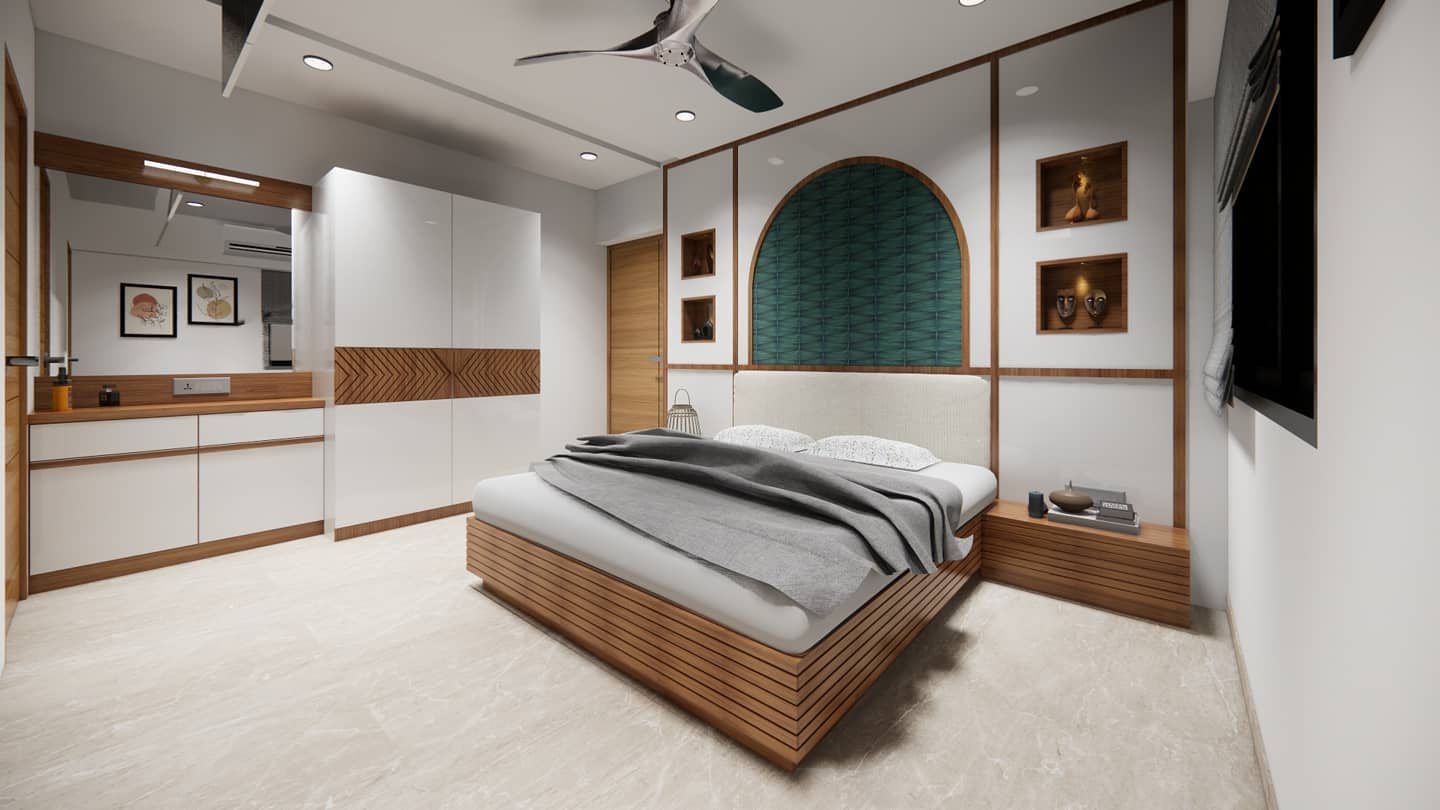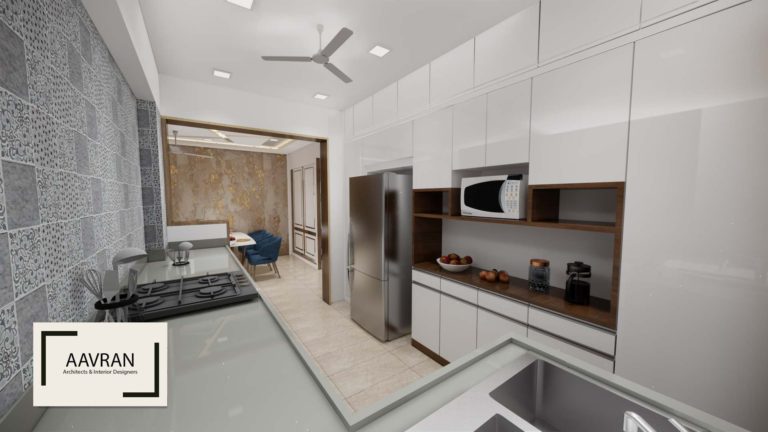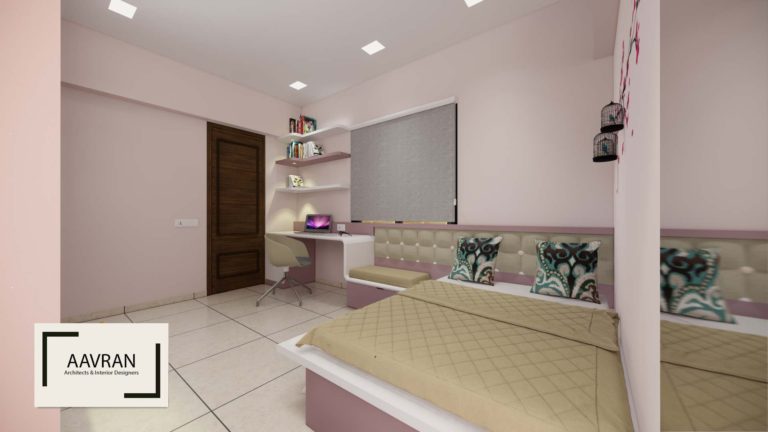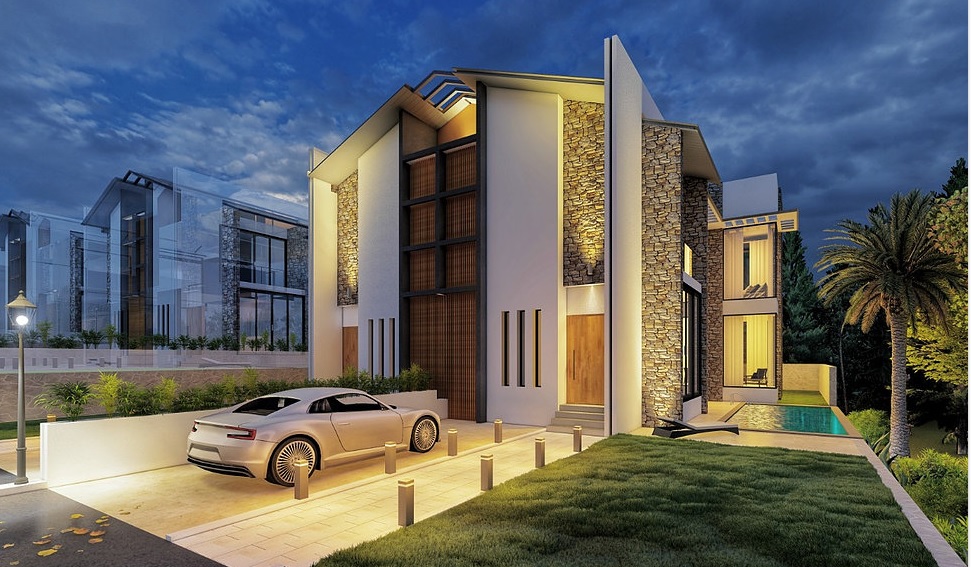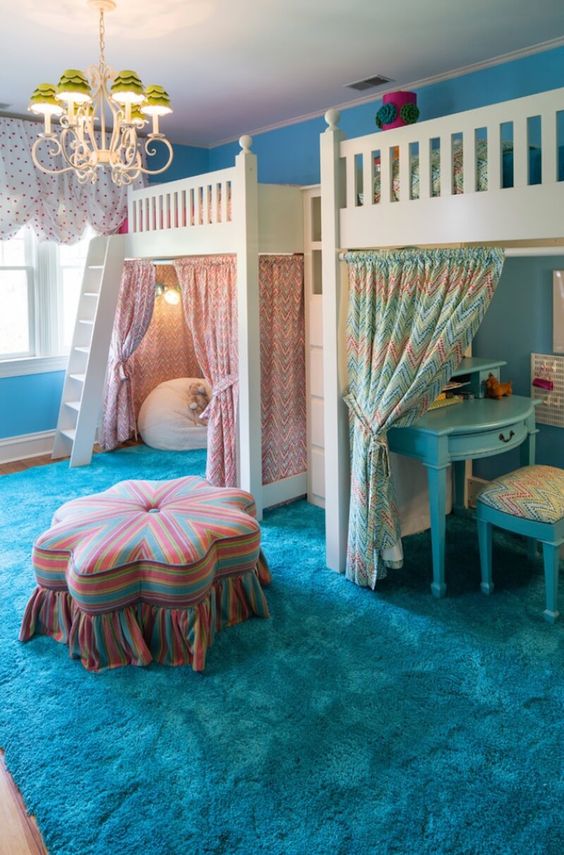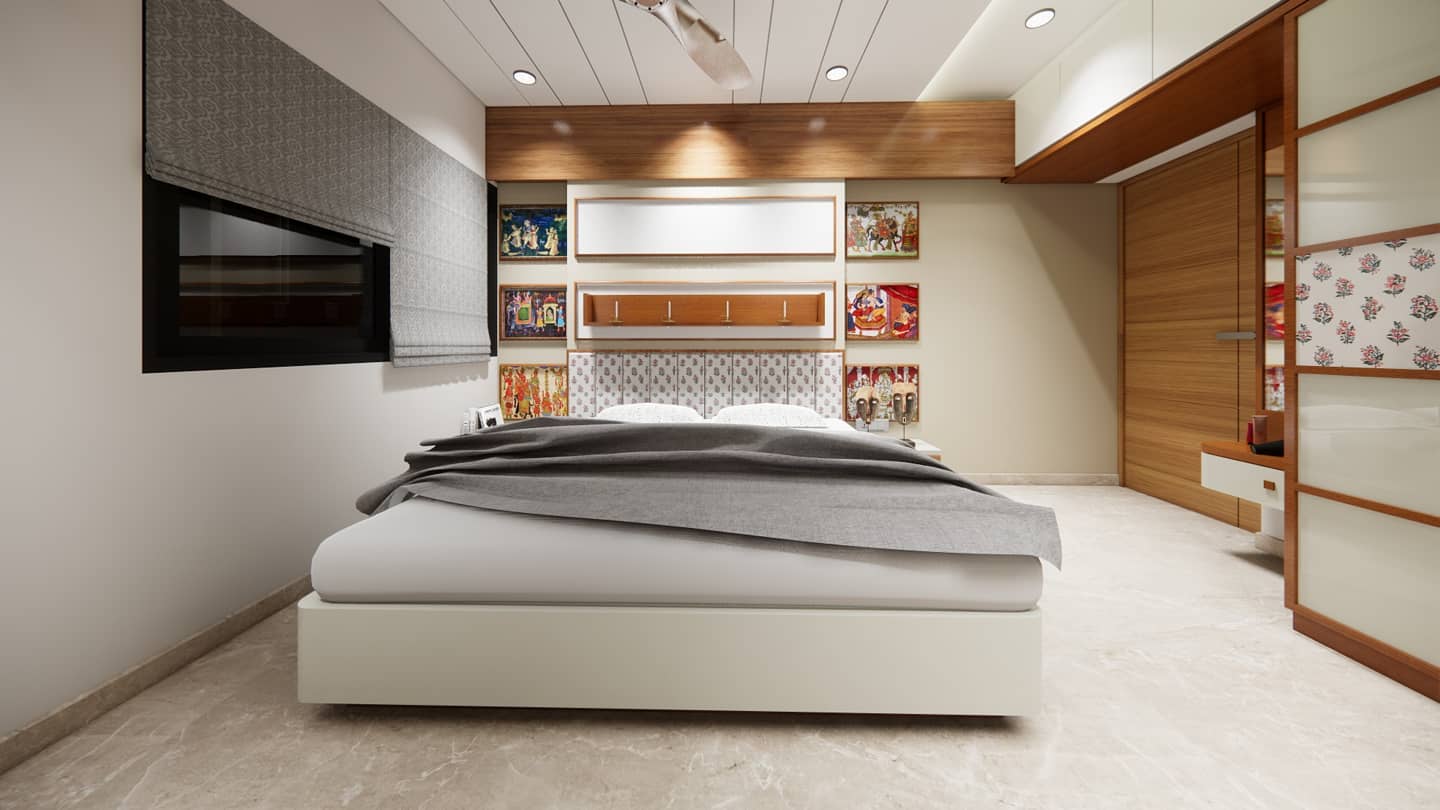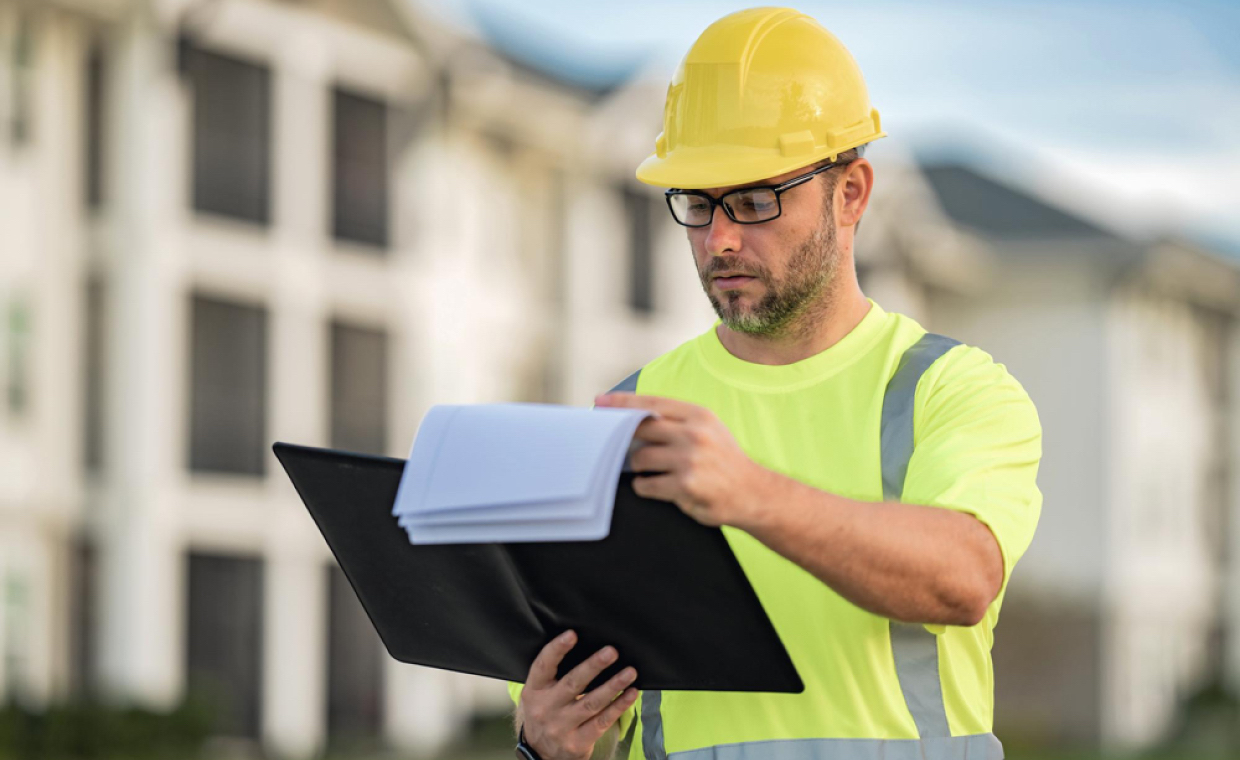
Table of Contents
Architecture has long been a reflection of cultural identity, technological advancements, and societal values. For centuries, it has served as a bridge between the past and the future, demonstrating the ways in which heritage and innovation can coexist. The ongoing challenge for architects is to create designs that respect historical significance while blending heritage, modern technologies and materials.
Blending Heritage with Innovation in Architecture
This delicate balance is crucial for crafting spaces that resonate both aesthetically and functionally.
1. Combining Tradition and Modernity

One of the most fascinating aspects of architecture is its ability to incorporate traditional styles and cultural symbols into contemporary designs. These efforts often result in buildings that tell a story, structures that are not only visually striking but also deeply meaningful to the communities they serve. For example, integrating elements of traditional Mediterranean design, such as stucco walls, terracotta roofs, and open courtyards, into contemporary settings has given rise to the movement known as modern Mediterranean architecture. This approach combines the charm and warmth of regional traditions with the efficiency and minimalism of modern design principles, creating homes and public spaces that are both timeless and innovative.
2. Adaptive Reuse: Preserving the Past, Shaping the Future

At the heart of this blend lies the concept of adaptive reuse, which involves repurposing historical buildings for modern functions. This strategy not only preserves cultural heritage but also reduces the environmental impact of new construction. By reimagining existing spaces, architects can breathe new life into structures that might otherwise fall into disrepair. This practice is particularly relevant in urban areas, where space is limited and the demand for sustainable solutions is high. Adaptive reuse projects often highlight how historical elements, such as ornate facades or vintage materials, can be seamlessly integrated into state-of-the-art facilities.
3. Technology’s Role in Balancing Heritage and Innovation

Modern technological advancements play a pivotal role in enabling architects to bridge the gap between heritage and innovation. Tools such as computer-aided design (CAD) and building information modeling (BIM) have revolutionized the field, allowing for precise planning and execution of intricate designs. Additionally, the rise of virtual tours software in architecture has transformed the way projects are conceptualized and presented. With VR technology, architects can create immersive experiences that allow clients to explore and interact with designs before construction begins. This capability not only enhances the design process but also fosters better communication between architects and stakeholders, ensuring that cultural and aesthetic considerations are effectively addressed.
4. Material Innovation and Sustainability

Material innovation also contributes to this dynamic interplay between the old and the new. Traditional materials like stone, wood, and clay are being reimagined with advanced processing techniques to enhance their durability, sustainability, and aesthetic appeal. For instance, bio-based materials and recycled composites are increasingly being used to replicate the look and feel of historical building components while meeting modern environmental standards. This approach underscores the importance of sustainability in contemporary architectural practices, as the industry seeks to minimize its ecological footprint without compromising on design integrity.
5. Cultural Sensitivity in Architectural Practices
Cultural sensitivity is another critical factor in blending heritage with innovation. Architects must consider the historical and social context of the areas in which they work, ensuring that their designs honor local traditions and values. This sensitivity is particularly important in regions with rich architectural legacies, where modern developments can easily disrupt the historical fabric of the community. By engaging with local artisans, historians, and community members, architects can gain a deeper understanding of the cultural nuances that should inform their designs. This collaborative approach often results in buildings that resonate deeply with the people who use them, fostering a sense of pride and belonging.
6. Urban Planning: Smart Cities and Heritage Conservation
Urban planning and infrastructure projects also benefit from the integration of heritage and innovation. In many cities, efforts are underway to create “smart cities” that incorporate cutting-edge technology while preserving historical landmarks. These initiatives demonstrate how digital innovations, such as sensor-based systems and renewable energy solutions, can coexist with centuries-old architectural styles. By prioritizing both technological advancement and cultural preservation, cities can create environments that are not only efficient and sustainable but also rich in character and history.
7. Shaping the Future Through Architectural Education
Furthermore, the education of architects plays a significant role in advancing this fusion of past and present. Architectural programs around the world are increasingly emphasizing the importance of heritage conservation and sustainable design practices. By equipping future architects with the knowledge and tools to balance these elements, educational institutions are shaping a new generation of professionals who are adept at addressing the complex challenges of the modern world.
8. Challenges in Balancing Tradition and Innovation
The interplay between heritage and innovation in architecture is not without its challenges. Striking the right balance requires a careful consideration of numerous factors, including budget constraints, regulatory requirements, and the expectations of diverse stakeholders. Moreover, the rapid pace of technological advancements can sometimes overshadow the importance of preserving historical elements. To navigate these challenges, architects must adopt a holistic approach that prioritizes both functionality and cultural significance.
Conclusion
Blending heritage with innovation is a fundamental aspect of modern architectural practices. It involves a dynamic interplay of tradition and technology, sustainability and creativity, and cultural sensitivity and forward-thinking. Whether through the adoption of modern Mediterranean architecture, the use of 3d virtual tours for real estate and architecture, or the integration of sustainable materials, architects have a unique opportunity to create designs that honor the past while embracing the possibilities of the future. By continuing to explore this balance, the architectural field can contribute to a built environment that is as meaningful as it is innovative.
Also Read: Role of Conservation in Preserving Cultural Heritage!






